Hostas Under Trees
clbselah
12 years ago
Related Stories

GARDENING GUIDESPrunus Virginiana Thrives Under Deciduous Trees
Plant chokecherry for showy white flowers favored by native bees in spring, and to provide nesting habitat and food for birds
Full Story
TREES7 Deer-Resistant Flowering Trees to Plant this Fall
If you live in a neighborhood with roaming deer, consider these beautiful trees that won't tempt hungry guests
Full Story
GARDENING GUIDESGrow Your Own Privacy: How to Screen With Plants and Trees
Use living walls to lower your home and garden's exposure while boosting natural beauty in your landscape
Full Story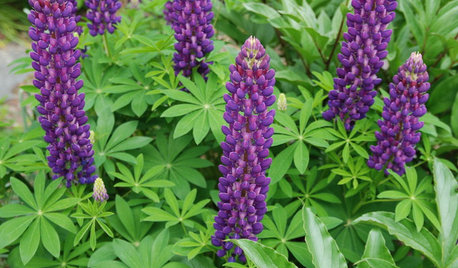
GARDENING GUIDESNortheast Gardener's May Checklist
Tiptoe through the lupines or dance under a flowering tree; warm weather brings abundant garden wonders to behold in the Northeast U.S.
Full Story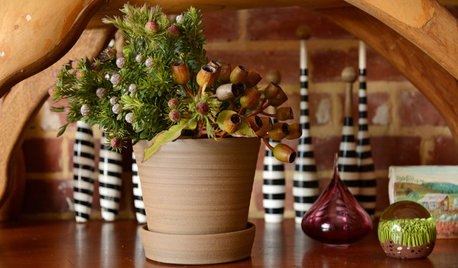
HOLIDAYSHoliday Decorating: Natural Looks From Down Under
Native greens and craftsy touches give an Australian stylist's home festive flair with an organic feel
Full Story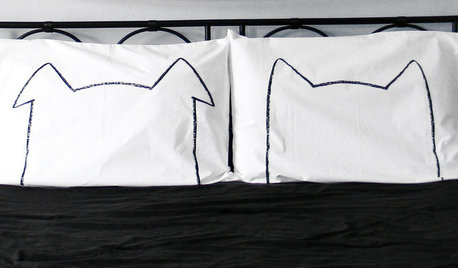
PRODUCT PICKSGuest Picks: Gifts Under $50 for Everyone
These thoughtful and unusual gifts are high in style but low in price, so you can shop for all without spending all
Full Story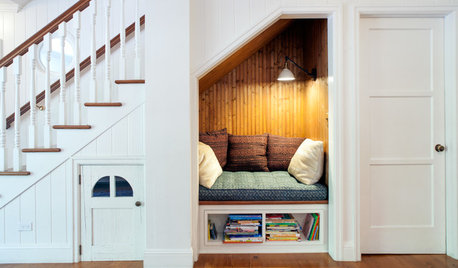
DECORATING GUIDES8 Clever Ideas for the Space Under the Stairs
This small area can be an ideal spot for a reading nook, playspace, mini office and more
Full Story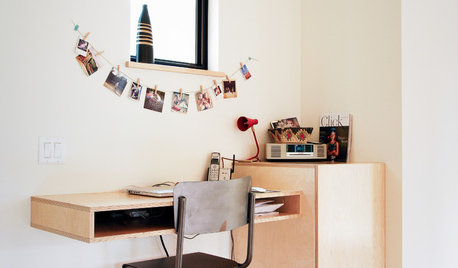
HOME OFFICESThe Home Office Nook: File It Under 'Space Saver'
An entire room is often unnecessary these days. See how these homeowners carved out niches that work
Full Story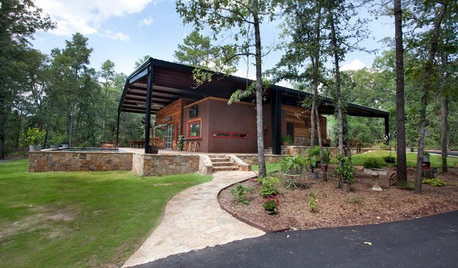
HOUZZ TOURSHouzz Tour: Under a Metal Canopy in Texas
New technology, reclaimed materials and an enormous protective roof combine in this Hawkins home for irresistible modern rustic charm
Full Story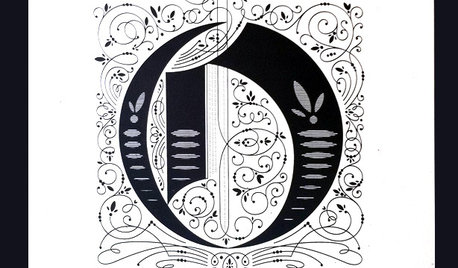
PRODUCT PICKSGuest Picks: 20 Art Prints Under $100
Create or add to your gallery display with affordable black-and-white and neutral prints
Full Story





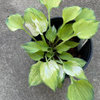

hosta_freak
ken_adrian Adrian MI cold Z5
Related Professionals
Garden City Landscape Architects & Landscape Designers · Kenmore Landscape Architects & Landscape Designers · Fountain Valley Landscape Contractors · Hilton Head Island Landscape Contractors · Las Vegas Landscape Contractors · Lees Summit Landscape Contractors · Muttontown Landscape Contractors · Oviedo Landscape Contractors · Dearborn Driveway Installation & Maintenance · Pawtucket Driveway Installation & Maintenance · Brea Fence Contractors · Skokie Fence Contractors · Angleton Fence Contractors · Downers Grove Solar Energy Systems · Hayward Solar Energy Systemshosta_freak
thisismelissa
tepelus
Steve Massachusetts
hosta_freak
chris-e
thisismelissa
clbselahOriginal Author
User
ademink
joebar
hosta_freak
bkay2000
Babka NorCal 9b
in ny zone5
franknjim
in ny zone5
KaylyRed
hosta_freak
in ny zone5
Steve Massachusetts
in ny zone5
ken_adrian Adrian MI cold Z5
KaylyRed
franknjim
hosta_freak
coll_123
Steve Massachusetts
KaylyRed
clbselahOriginal Author
Steve Massachusetts
kskaren
chris-e
squirejohn zone4 VT
clbselahOriginal Author
clbselahOriginal Author
squirejohn zone4 VT
Steve Massachusetts
mosswitch
clbselahOriginal Author
linda_p
manx9
franknjim
valereee
valereee